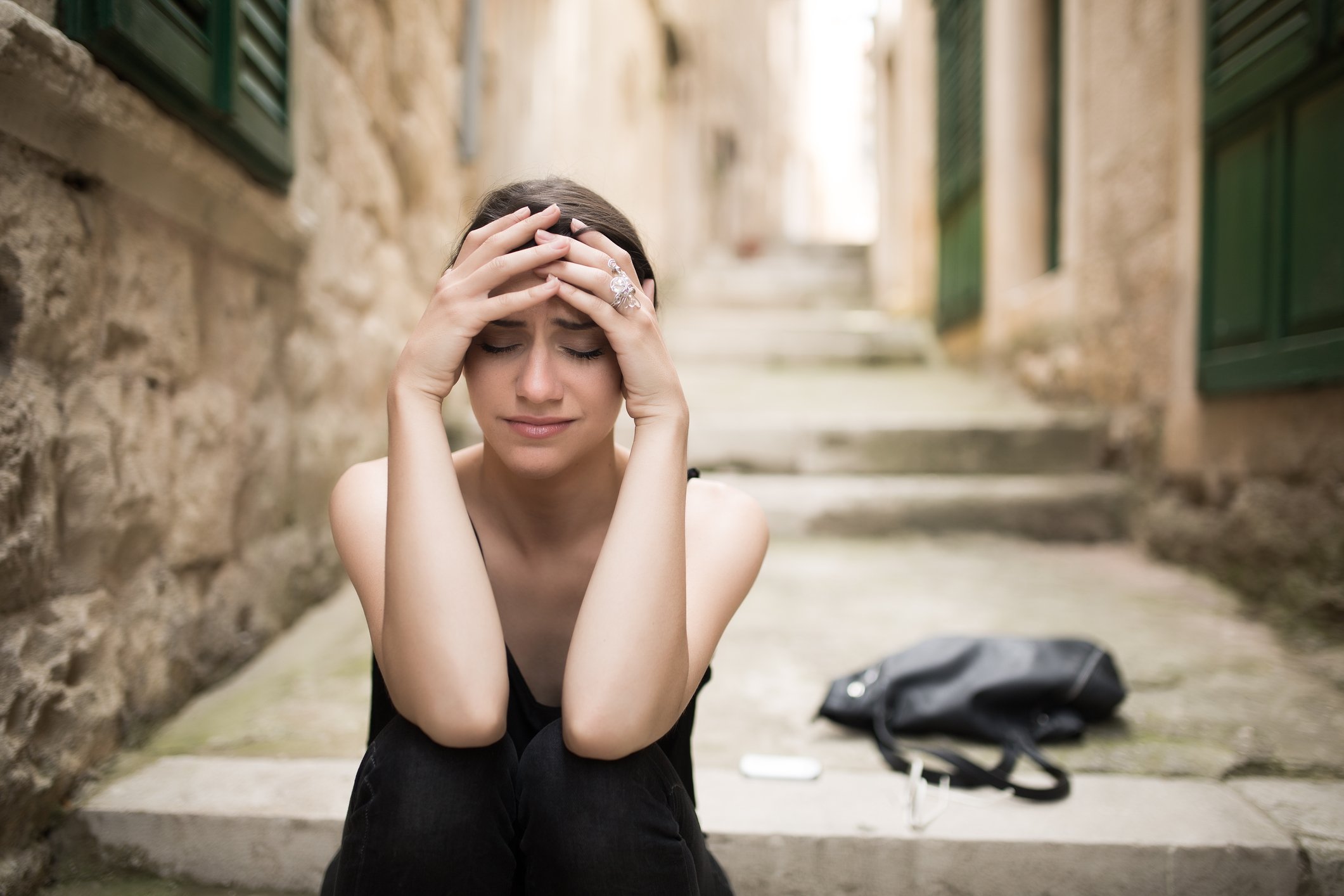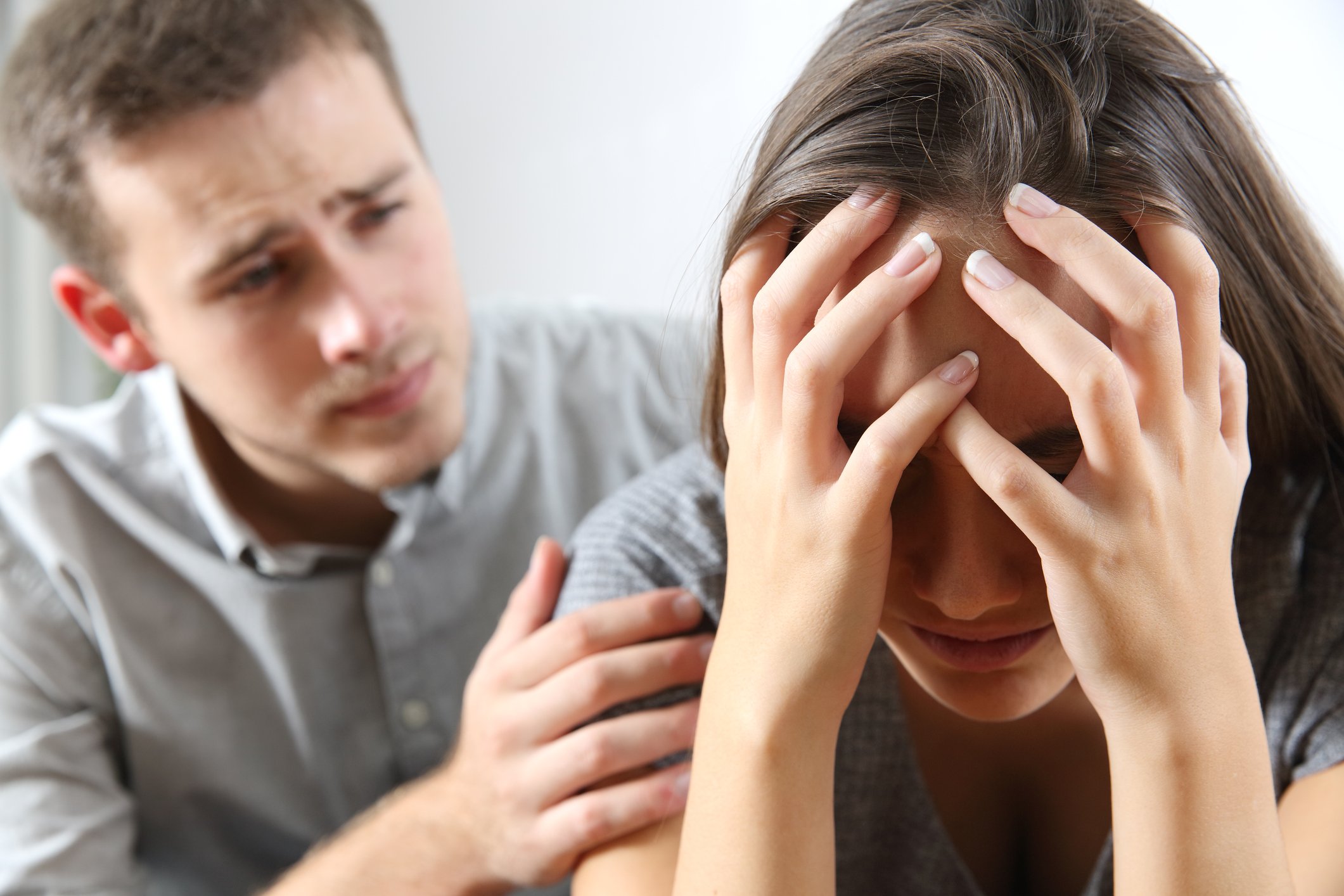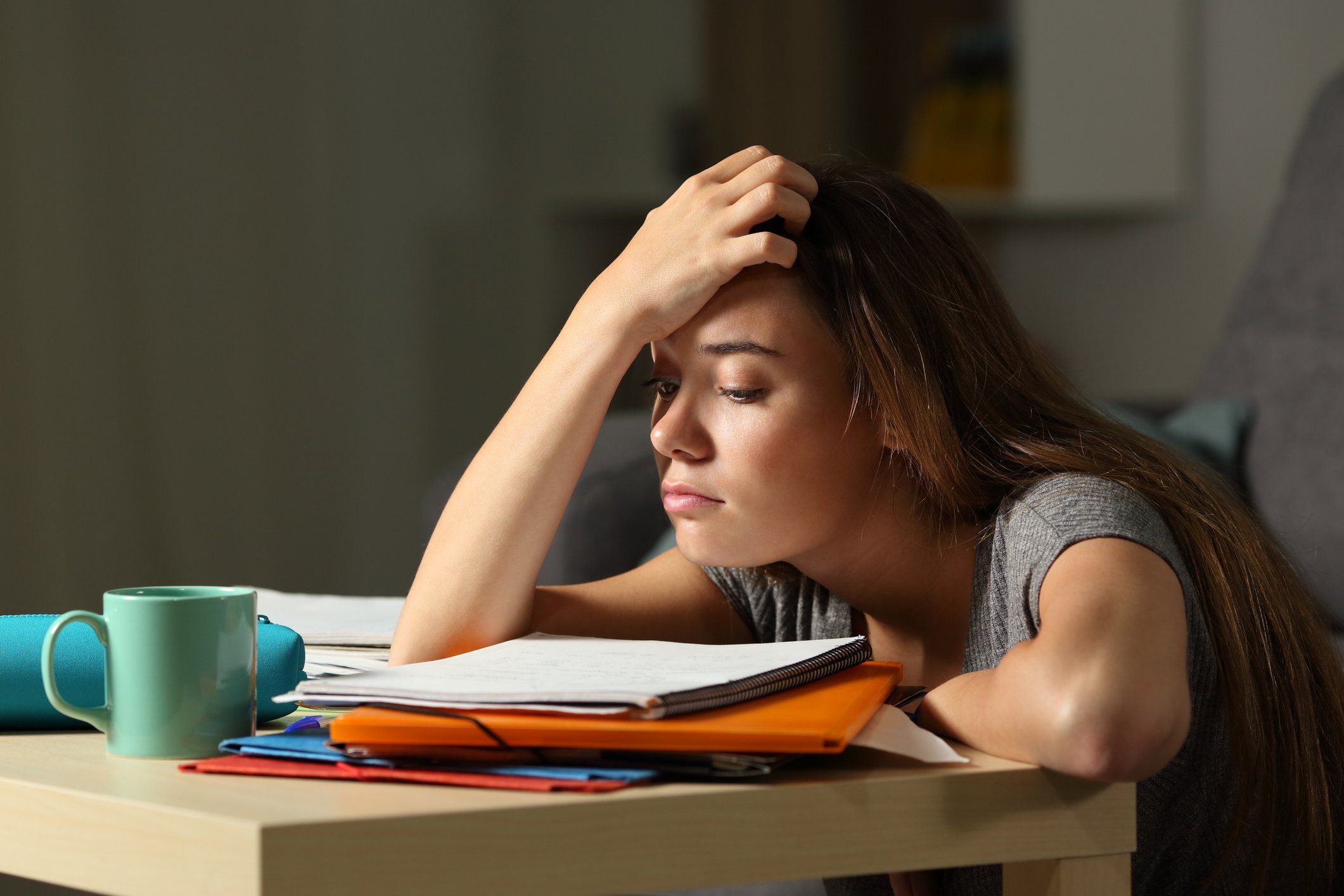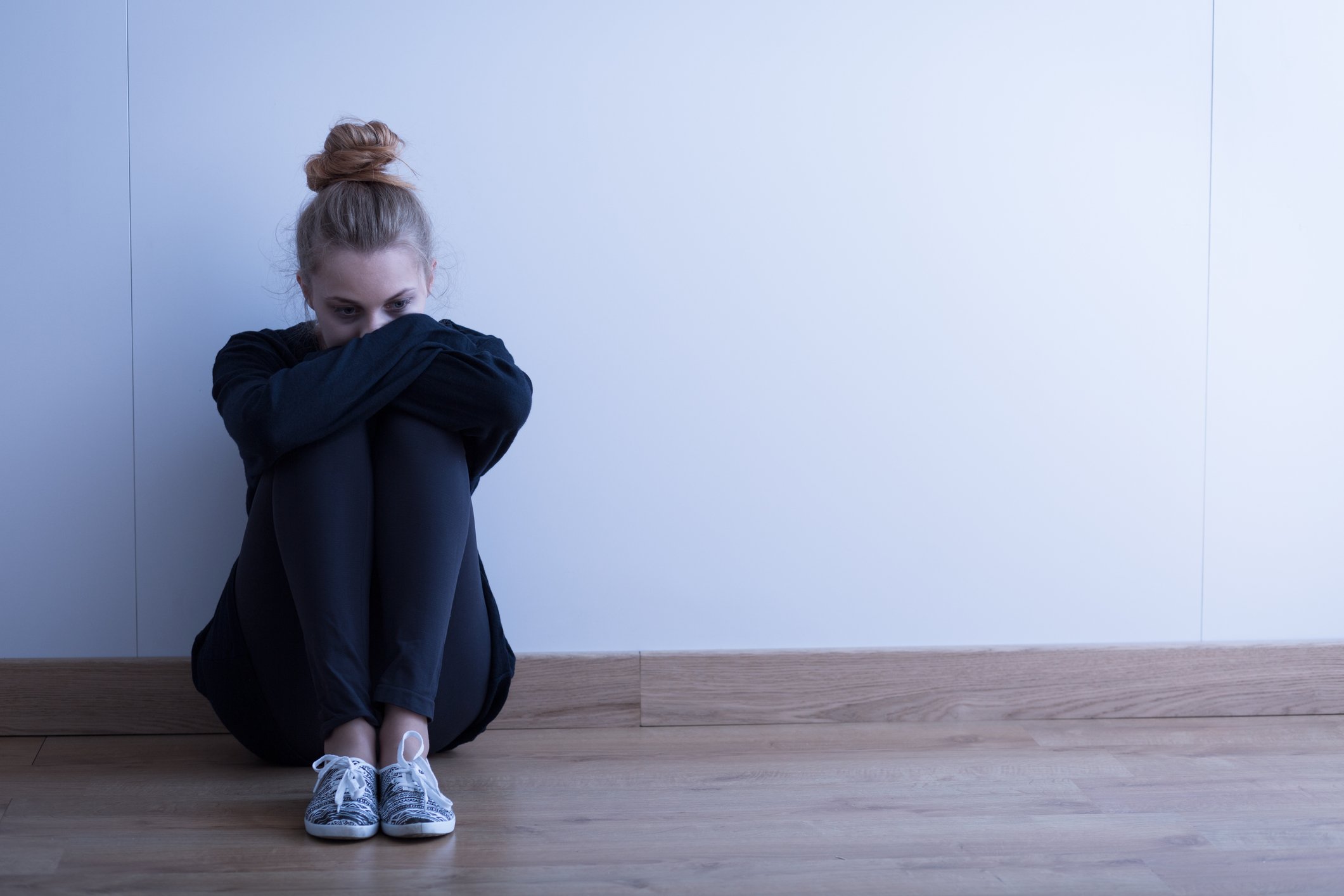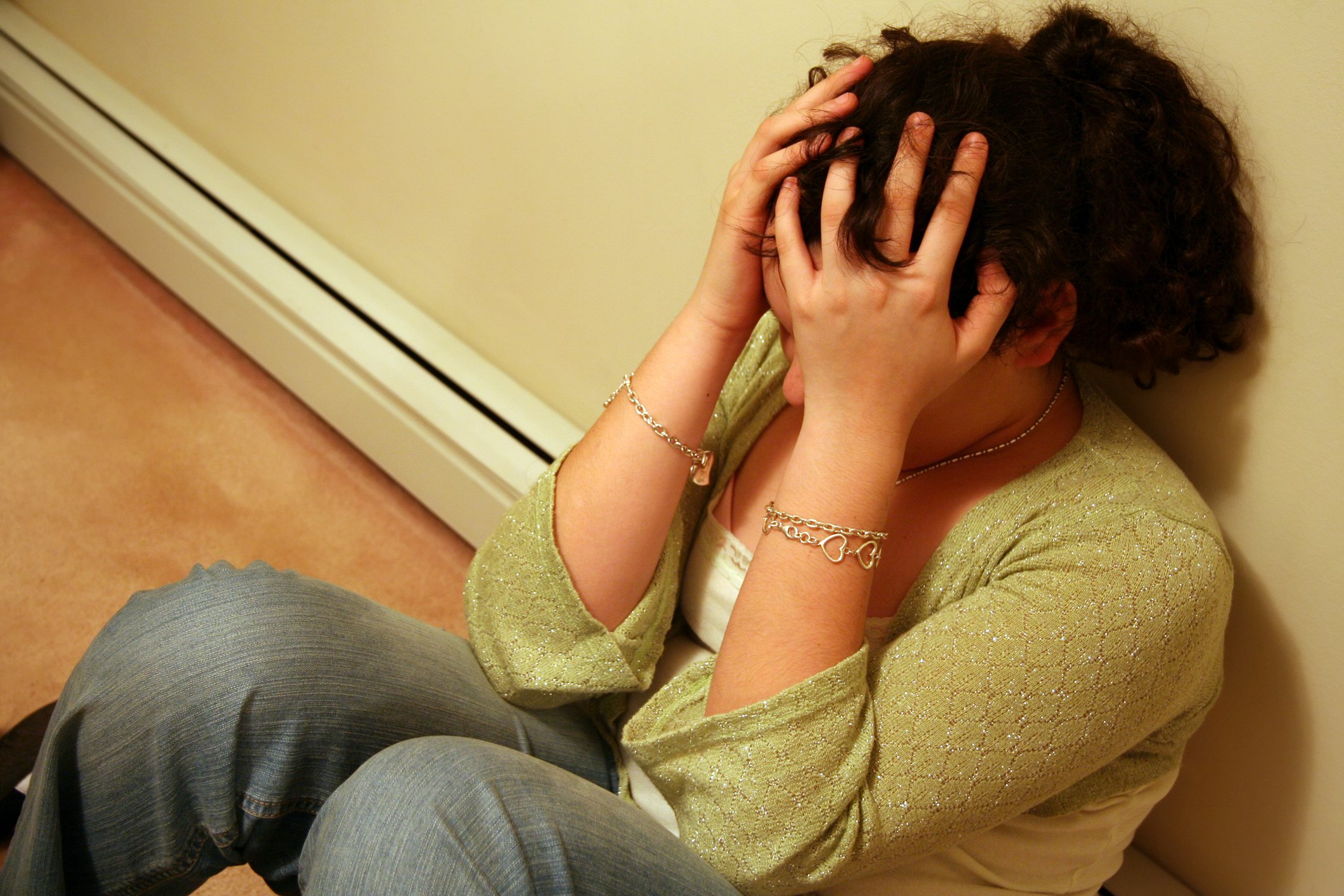Depression vs. Sadness: Why It’s Not the Same Thing
Everyone feels sad sometimes — it’s a normal and healthy emotion that comes and goes with life’s ups and downs. Maybe you had a fight with a friend, didn’t get the grade you were hoping for, or just woke up feeling off. Sadness is part of being human. But when those heavy feelings don’t go away, or they start affecting your daily life, something deeper might be going on.
This is where depression comes in — and while it can look like sadness on the surface, it’s actually very different underneath. In this post, we’ll explore how sadness and depression are not the same, how to spot the difference, and why it matters to know when it’s time to reach out for support.
What Is Sadness
Sadness is a natural response to something upsetting, disappointing, or difficult. Maybe you didn't get into a school club you wanted, or someone said something hurtful. You might cry, feel low, or want to be alone for a bit — but after a while, the sadness fades. You may talk to a friend, watch a favorite show, or simply sleep it off, and things slowly start to feel better.
Sadness usually has a cause, and it doesn’t stop you from experiencing joy again. It’s temporary, and while it might be uncomfortable, it’s a healthy part of emotional life.
What Is Depression
Depression, on the other hand, goes deeper. It’s not just a passing emotion — it’s a mental health condition that can last for weeks, months, or even longer if untreated. It doesn’t always have a clear “cause,” and it affects how you think, feel, and function.
Here’s how depression can show up:
You feel numb, hopeless, or empty — even if nothing “bad” just happened.
You stop enjoying things you used to love.
Your energy is drained, even when you’ve had enough rest.
You may pull away from friends, family, and activities.
Concentrating, eating, or sleeping becomes really hard.
You might feel like nothing matters — or like you don’t matter.
Depression doesn’t go away easily. It’s persistent and powerful, and it’s not something you can simply “snap out of.” That’s why recognizing the difference between sadness and depression is so important.
Why Knowing The Difference Matters
Understanding this difference helps in two big ways:
It helps you know when to ask for help.
If you’re feeling down for a day or two, you might just need time or someone to talk to. But if that sadness lingers, gets heavier, or starts interfering with your life, it could be depression — and reaching out for help is key.It helps you support others better.
Telling someone with depression to “just cheer up” doesn’t work — and it can make them feel worse. But knowing that depression is a mental health issue (not a mood you can fix overnight) can make you a better friend and listener.
How To Get Help
If you think what you're feeling might be more than sadness, you're not alone — and you don’t have to figure it out by yourself. Talk to someone you trust: a parent, teacher, school counselor, or doctor. There are also teen support lines and mental health resources available if talking in person feels too hard at first.
Depression is real, but it’s also treatable. With the right help, you can feel better and find joy again — even if it doesn’t seem possible right now.
Final Thought
Sadness is something we all feel — it’s part of life. But depression is something more, something deeper. Knowing the difference doesn’t just help you understand yourself better — it can also help you be more compassionate with the people around you.
If you're struggling, please remember this: what you're feeling matters, and you're not weak for needing support. In fact, recognising when to ask for help is one of the strongest things you can do.
Even though 1 in 4 people have mental health problems, most of us don’t get the help we need. This has to change. We’re Mind. We’re here to fight for mental health. For support, for respect, for you.

